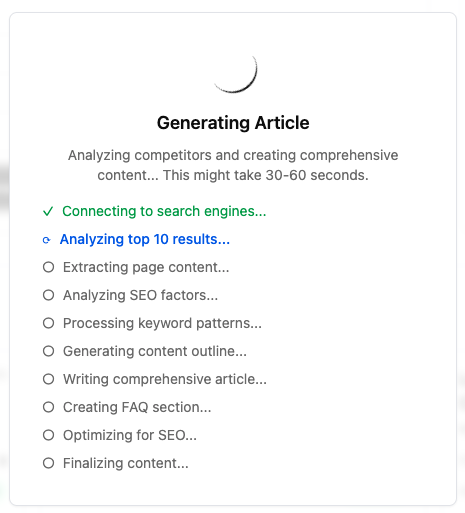Most AI content is written first and validated later. CherryPickr flips that flow. We begin with the SERP, study what the current winners are doing, turn those findings into constraints, and only then generate content that aims to exceed the competitive bar. In the first 90 days across three topic clusters, this approach cut time to publish per article from roughly 3 hours to about 30 minutes, improved average position from 28.4 to 14.2 within eight weeks, grew organic sessions to cluster pages by 41 percent quarter over quarter, and reduced cost per article by nearly half while increasing structural depth.
- Cut time to publish per article by 83 percent (from ~3.0 hours to ~0.5 hours).
- Improved average position from 28.4 to 14.2 within 8 weeks.
- Grew organic sessions to cluster pages by +41 percent quarter over quarter.
- Reduced cost per article by ~48 percent while increasing depth and structure.
The rest of this case study explains why I built it, how it works, what I learned, and what I’d change next.

.png)

